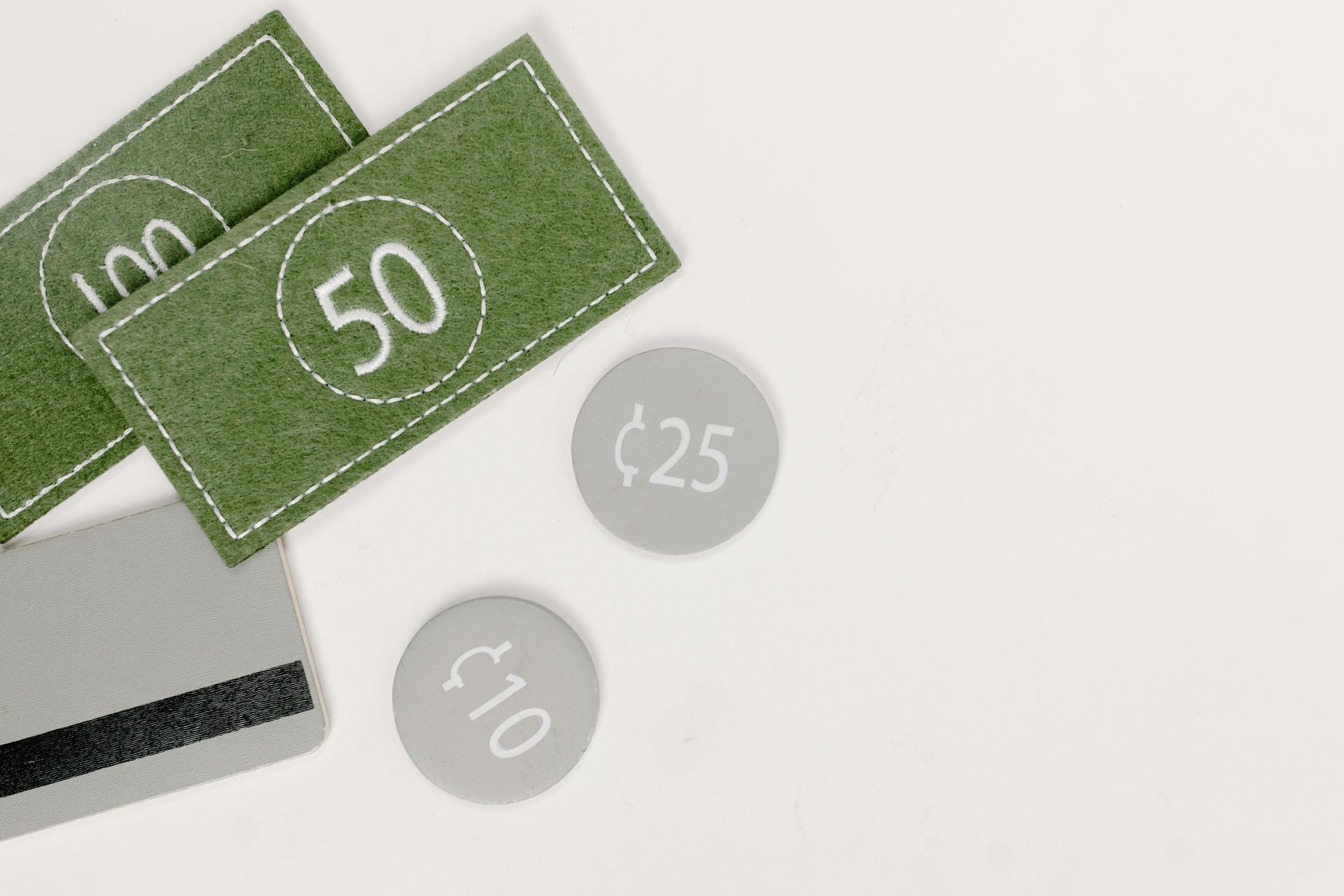
Learn the Pros and Cons of Both Real Estate Strategies for Investors

Real estate investing offers a range of wealth-building strategies, but two of the most popular are fix-and-flip and buy-and-hold. Each has unique advantages and drawbacks depending on your goals, risk tolerance, and market knowledge. Fix-and-flip delivers quick returns on renovated properties, while buy-and-hold builds long-term wealth through rental income and appreciation.
Bryan Joyce at New England Hard Money Loans offers financing solutions for both strategies, helping investors unlock potential profits. In this article, we break down the pros and cons of each method so you can decide which approach best fits your portfolio.
Fix-and-Flip Strategy: Fast Returns, Higher Risk
What It Is: Fix-and-flip involves purchasing a distressed property below market value, renovating it, and quickly reselling it at a profit.
Pros:
- Quick Returns: Flippers can generate profits within months rather than years. According to ATTOM, the average gross profit on a flip in Q1 2025 was $67,900, or a 30.2% ROI [https://www.attomdata.com/news/market-trends/flipping/home-flipping-trends-by-state/]
- Market Timing: Capitalize on short-term market trends and take advantage of rising property values.
- Tax Benefits (Short-Term): Renovation-related expenses can be deducted against income when treated as a business.
Cons:
- High Upfront Capital Needed: Renovations, closing costs, and holding costs (insurance, taxes, utilities) can add up quickly.
- Rise of Market Fluctuations: A market downturn could cut into profits or make the property harder to sell.
- Stress and Time-Intensive: Flipping is labor-intensive and often requires contractor management, permitting, and quick decision-making.
Who It’s For:
Fix-and-flip works well for hands-on investors who understand renovation costs, have access to short-term capital (like hard money loans), and thrive in fast-paced environments.
Buy-and-Hold Strategy: Steady Income, Long-Term Growth
What It Is: Buy-and-hold involves purchasing rental properties and holding them over time to generate passive income and build equity.
Pros:
- Consistent Cash Flow: Monthly rent creates recurring income. According to RentCafe, the average rent in Boston reached $3,150/month in 2025 [www.rentcafe.com/average-rent-market-trends/us/ma/boston/]
- Long-Term Appreciation: Over time, property values tend to increase. The FHFA reported a 6.6% national home price appreciation in 2024 [www.fhfa.gov/data/hpi]
- Tax Advantages: Investors can write off mortgage interest, property taxes, depreciation, and operating expenses.
- Wealth Building: Tenants pay down your mortgage while you build equity.
Cons:
- Requires Property Management: Managing tenants, maintenance, and legal issues can be time-consuming unless outsourced to a professional.
- Illiquidity: Unlike a flipped property, buy-and-hold investments tie up your capital for years.
- Market Volatility: Rental demand and prices can shift with economic conditions or neighborhood changes.
Who It’s For: This strategy suits investors looking for long-term wealth, passive income, and a lower-risk alternative to flipping. It’s ideal for those who prefer portfolio stability and can wait for returns.
Comparing Fix-and-Flip vs. Buy-and-Hold
| Feature | Fix-and-Flip | Buy-and-Hold |
|---|---|---|
| Profit Timeline | Short-term (3–12 months) | Long-term (years to decades) |
| Capital Required | High (renovations + holding costs) | Moderate to high (down payment + upkeep) |
| Risk Level | High (market fluctuations, reno issues) | Moderate (tenant risk, long-term maintenance) |
| Tax Benefits | Limited (short-term gains taxed higher) | Significant (depreciation, deductions) |
| Time Investment | Intensive during the project | Ongoing property management |
| Cash Flow | None until sale | Monthly rental income |
Choosing the Right Strategy
The “right” strategy depends on your:
- Financial goals: Need fast capital? Flip. Want stable cash flow? Hold.
- Experience: New investors may prefer holding. Seasoned rehabbers may prefer flipping.
- Access to Financing: Fix-and-flip typically requires short-term, higher-interest loans like hard money. Buy-and-hold may involve conventional or DSCR loans.
- Time Commitment: Flipping is intense and hands-on. Holding can be more passive with a property manager.
Many successful investors use a hybrid strategy, flipping some properties to generate capital and using that to build a long-term rental portfolio.
Financing Both Strategies with Bryan Joyce
At New England Hard Money Loans, Bryan Joyce helps investors finance both types of deals:
- Hard Money Loans for flips and fast acquisitions
- Bridge Loans for transition periods
- DSCR Loans for rental portfolios based on cash flow
- Strategic Financing Solutions for multi-property investors
His network of private and institutional lenders allows for custom solutions tailored to your investment approach and timeline.
Fix-and-flip and buy-and-hold are both powerful paths to real estate wealth, but they suit different goals, resources, and investor personalities. Understanding the risks and rewards of each can help you choose the right strategy or blend both to create a balanced portfolio.
Before diving in, work with a knowledgeable loan broker like Bryan Joyce, who can tailor financing to your strategy and help you make the most of New England’s vibrant real estate market.
Bryan Joyce holds a B.A. in Economics from the University of Maine at Farmington. He has advised clients nationwide, but his expertise and reputation are especially strong across Boston and New England, where he has built enduring relationships within the real estate investment community. Read more about Bryan



